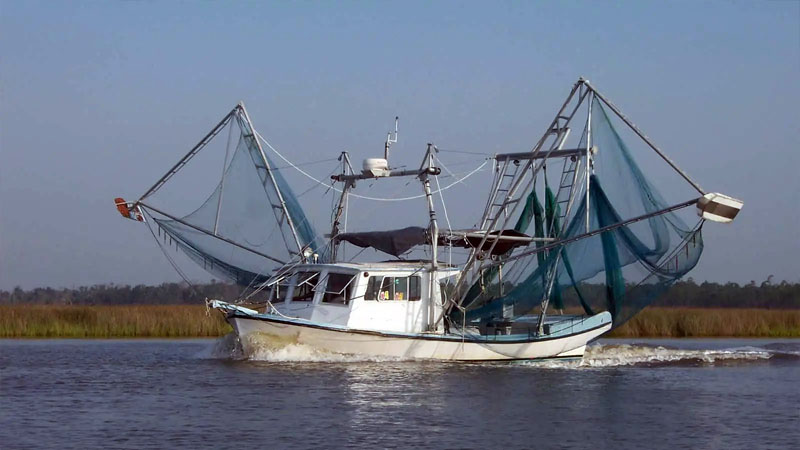Exclusive content

Half of Canadian shrimp fishing companies are technically bankrupt. Despite the allure of the open fishing season beginning on April 1, only four out of the initial five shrimp boats remain offshore. The dire financial situation is exacerbated by a low total allowable catch of 3,060 metric tons, as announced by federal Fisheries Minister Diane Lebouthillier.
Challenges at Sea: Low Yields and High Costs
The decision to set sail becomes increasingly daunting for shrimp fishermen considering the financial implications. Operating expenses, crew salaries, insurance, and the cost of licenses and fuel outweigh the potential profits, especially with dwindling catch rates.
Out of the four shrimp boats that initially embarked on the fishing journey, operational challenges become evident. One vessel, the Viking II, returned to dry dock after eight days due to low catch rates and lack of profitability. Each day at sea yields merely two or three trawl hauls lasting five hours, further highlighting the operational inefficiencies.
Industry Outlook: Cyclic Nature and Redfish as an Alternative
Patrice Element, representing the shrimpers, emphasizes the cyclical nature of the fishing sector. Despite challenges, redfish fishing could have served as an alternative if quotas were favorable. However, with limited market demand and access to only 10% of the initially announced redfish quota of 25,000 metric tons, profitability remains elusive.
Facing bleak prospects, the spokesperson for the fishermen’s organization advocates for government intervention. Without assistance, the industry is on the brink of collapse, necessitating a license buyback and rationalization program to alleviate financial strain.
Negotiations and Price Agreements
Negotiations between the OPCQ and the Quebec Fishing Industry Association (AQIP) culminate in price agreements for shrimp landing. While some express dissatisfaction with the agreed-upon prices, it is acknowledged that processors face their own challenges amidst volume reductions.
With the supply of northern shrimp from the St. Lawrence region insufficient, processing plants resort to purchasing frozen shrimp from foreign sources. However, AQIP’s plea for financial assistance from the Ministry of Agriculture, Fisheries and Food of Quebec is denied, leaving processing plants grappling with financial burdens.